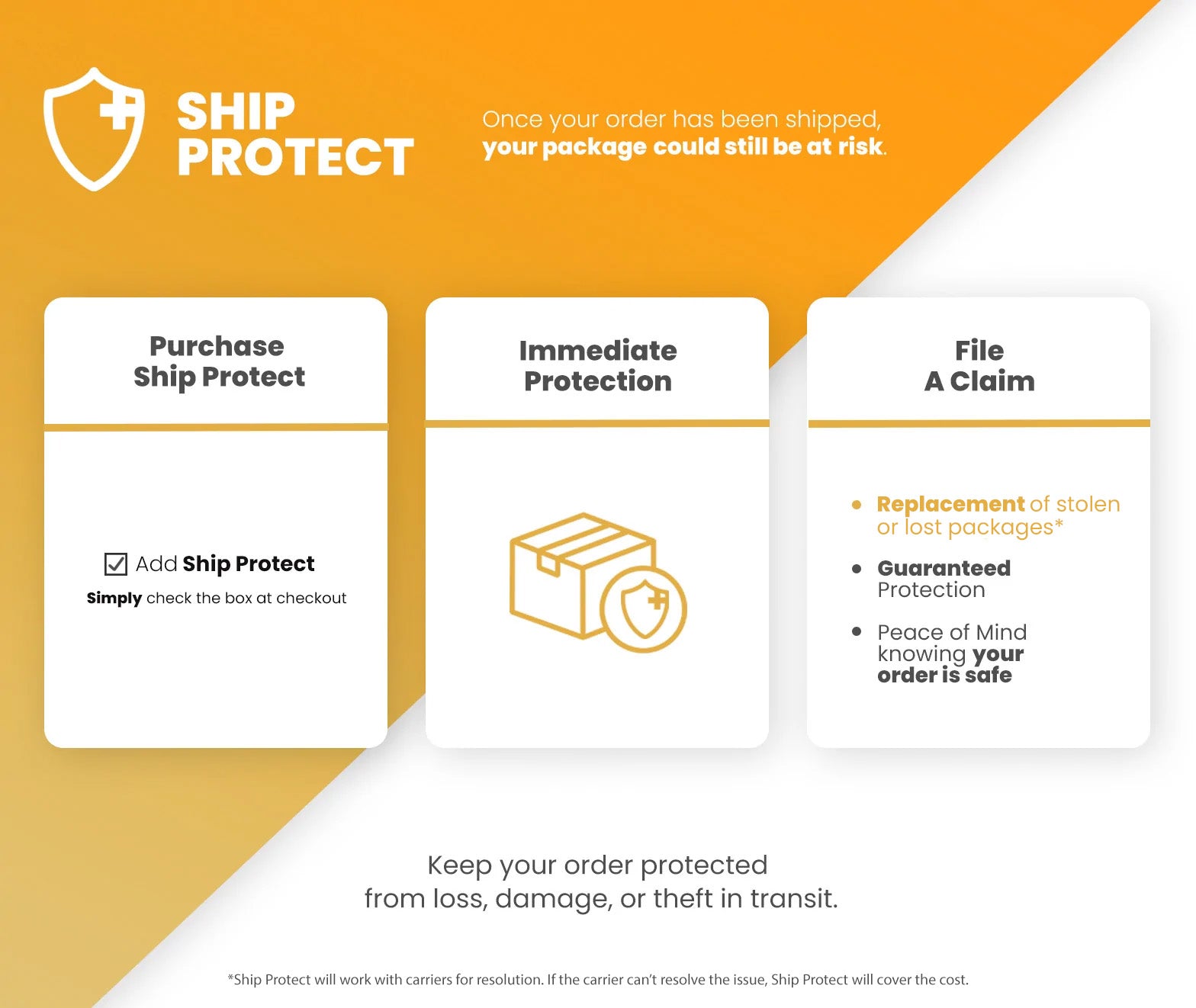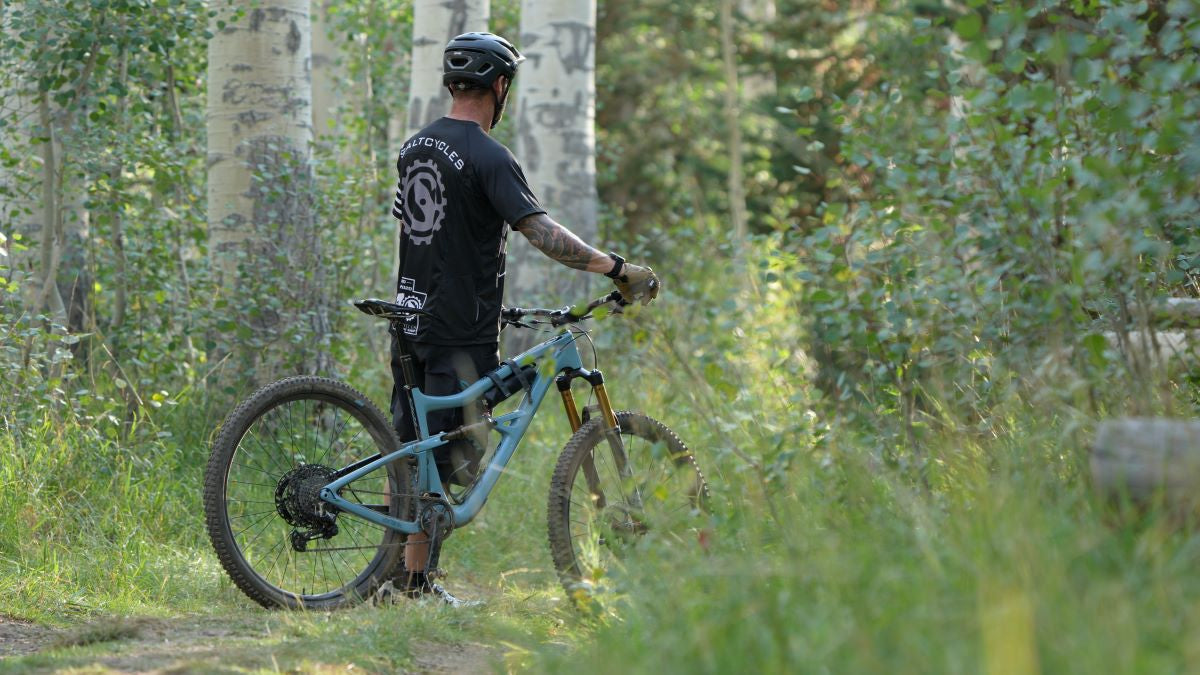Mountain Biking Safety
Mountain biking is a much-loved activity, especially here in Utah and the surrounding states. However, it's a sport that has you constantly dodging and getting swept up in hazards. To enjoy the ride as much as possible, you need to prioritize your safety and carry the right equipment.
Gear
Before you can get into actually riding your bike, you need the right gear for the sport. Having the correct gear will keep you safe, comfortable, and ready for possible emergencies.
Clothing
Wearing the right clothes can reduce your risk of chafing, blisters, and scrapes while maximizing your comfort and protection from abrasions. While not required, I recommend that you wear designated biking clothes. Mountain biking shorts, jerseys, and shoes are ideal for their comfort, grip, and padding.

Protective Gear
You wouldn't drive without a seatbelt (hopefully, because a car is just a speedy metal deathtrap), so why would you ride your bicycle without the correct safety gear? Mountain bike safety gear is tailored for the sport. Since cyclists are no strangers to crashes and impacts, it's specifically made to turn what could've been breaks into bruises. And though some pieces can be expensive, it's cheaper than a hospital visit!
Helmets
Wearing a helmet is crucial as they keep you from accidentally bashing your brains in. However, not all helmets are compatible with every activity. When mountain biking, I would strongly advise wearing a mountain bike helmet. These helmets offer more robust protection for the back of your head and around your ears. You'll want that extra protection if you take a particularly nasty fall!
Gloves
A good pair of bike gloves can help you grip the handlebars better, protect your hands from the cold and crashes. Also, the padding can help you avoid carpal tunnel. If you choose to wear gloves, ensure they fit your hands well without any extra material inhibiting your movement or grip.
Knee Pads
This one is as straightforward as it can get. You can't walk without functioning knees, so why would you risk shattering them the next time you wipe out? When picking out knee pads, make sure they fit comfortably. If they don't fit right, they may not stay in place or protect you adequately.
Eye Protection
Wearing eye protection, whether goggles or sunglasses, is vital for mountain biking. Not only will they protect your eyes from the wind, rain, and sun, but from dirt, dust, and debris as well. When choosing your goggles, look for sturdy ones that will stay in place even on bumpy terrain.
Food & Water
Mountain biking is an activity that can be intense and require a lot of calories to keep up. Always carry at least a protein bar and an extra bottle of water with you, so you have the energy to finish your ride.
Tools
Biking over rough terrain comes with the risk of damaging your bicycle. Carry a small, portable bike repair kit in your pack, so you aren't stranded in the middle of nowhere.
First Aid
Even if you're the most cautious and experienced rider on the planet, you're not immune to injury (if you're bitter we haven't discovered the super soldier serum, don't worry, I am too). And since it's impossible to entirely avoid or predict injuries, it's best to have a bicycle first aid kit easily accessible. Since biking injuries can range from minor scrapes to life-threatening wounds, you need both basic and life-saving supplies on hand.
Basic Supplies
- Antibiotic Ointment
- Antiseptic Wipes
- Bandages
- Blister Strips
- Gauze
- Gloves
- Ibuprofen
- Splints
- Wound Closure Strips
Life-Saving Gear
- Chest Seals (x2)
- QuickClot/Hemostatic Gauze
- Pressure Bandage
- Tourniquet
Miscellaneous Supplies
You never know what could happen out in nature, so it's best to be a little extra prepared than left wanting. Pack a flashlight in case you lose track of time, a poncho and space blanket for unexpected storms, and sunblock because the sun is evil.
How to Stay Safe While Riding
What to Do Before Riding - Double Check Everything
It is vital that you keep on top of your bike's maintenance so you don't have any malfunctions on the trail. And even if you keep on top of it religiously, take a few minutes before riding to ensure everything is in working order and nothing is loose.
Besides keeping up on maintenance, you need to check the weather, make sure you have all your gear, and ensure you have enough water for your ride. If everything looks good, you're ready to get moving.
What to Do On the Trail - Keep Your Speed Under Control

While many riders enjoy the adrenaline rush that comes with careening down the mountainside, the faster you go, the more likely you are to wipe out. Be mindful of the terrain and take the safest route at an acceptable speed.
Focus
Whenever you mountain bike, your total focus should be on the trail. Avoid wearing earbuds or letting your mind wander. Keeping your full attention on the ride will help you notice impending dangers and hear people and animals ahead of you. While it'd make for an impressive story, I'm personally not interested in running headfirst into a moose.

Don’t Hang Out On the Trail
What's worse than a rough crash? Crashing and then getting bulldozed by the people behind you. Save yourself and others a painful and embarrassing surprise encounter by moving off the path whenever you stop.
Keep an Eye Out for Dangers
If you fly around a corner, slam your brakes on gravel, or jump without preparing for the landing, you will undoubtedly crash. Assess risks as you're going and use common sense to avoid unnecessary crashes and injuries. Lastly, keep an eye on trail conditions as you go and walk your cycle in particularly rough areas.
Riding New Trails
It's always exciting to try something new, but mountain trails each have their hazards. When riding one for the first time, take it slow and note any locations that have the potential to cause a crash.
General Safety Tips
Always Bring a Buddy!

If you crash and burn in the middle of nowhere, you're in trouble. Not only is it safer to ride with friends in case of an emergency, but it can also make your trip a whole lot more fun!
Never Go Without Your Phone
No, this is not me enabling your internet addiction. Anything can happen out in nature, and we'd really like to avoid you getting stranded in a mountain survival situation. If something happens, whether you need an emergency evac or emergency pizza, you need to be able to call for help.
How to Treat Some Common Mountain Bike Injuries
With some knowledge, confidence, and your bicycle first aid kit, you can properly administer the necessary first aid. You've got this!
Breaks & Fractures
If you suspect that something has broken, keep calm! Stop any bleeding, immobilize the area with a splint, and race to the hospital. I hate to tell you this, but you probably won't be riding for a while.
Bumps & Bruises
You'll probably get a lot of these, and that's ok! If there's swelling, apply a cold compress. Otherwise, stand up, shake it off, and get back to cycling!
Concussions

A concussion is a mild traumatic brain injury that occurs when your head collides with something and may cause the victim to lose consciousness. Symptoms can include headaches, confusion, memory loss, incoordination, nausea, dizziness, and fatigue. If you have or suspect you have a concussion, do not drive or fall asleep. If the symptoms are particularly nasty, seek professional medical attention, as you may have received more severe brain damage. Treatment for concussions include plenty of rest, minimal activity and screen time, and painkillers.
Dislocated Joints
If you're having difficulty moving a joint and it's accompanied by intense pain, congratulations, you've probably dislocated it! Do your best to immobilize the area by using a splint or sling to prevent further injury, apply a cold compress to reduce swelling, and seek medical attention.
Impalement
For those of you who tend to fly over their handlebars every other ride, you may want to take extra precautions against possible impalements. When dealing with an impaled object, don't remove it! Instead, do your best to immobilize it and seek medical attention.
If the object is dislodged for whatever reason, don't panic. Puncture wounds to the torso or chest must be wiped clean and covered with a chest seal. Treatment for injuries on your limbs depends on how wide and deep the wound is. If the wound is heavily bleeding, slap a tourniquet on. Otherwise, clean the wound and cover it with gauze.
Lacerations & Bleeds

Treatment for lacerations and general bleeding depends on how severe the damage and heavy the bleeding is. For particularly deep injuries, staunch the bleeding with gauze (hemostatic gauze if necessary) or a tourniquet and seek professional medical attention. For still deep but less concerning wounds, wash the wound out with a saline solution and close the cut using ZZIPS, wound strips, or liquid skin. For minor scratches, simply clean the area, slap a bandage on, and call it a day!
Random Aches & Pains
Cycling can place strain on your joints and muscles, some of which you won't feel until after you're back home. For general soreness, alternate heat and cold compresses, eat enough protein, gently stretch the area, and get enough rest.
While it can be dangerous, mountain biking is an exhilarating activity that shouldn't be avoided out of fear. Take your time, be cautious, and keep a bicycle first aid kit on hand, juuuust in case. Stay safe, and have fun!








